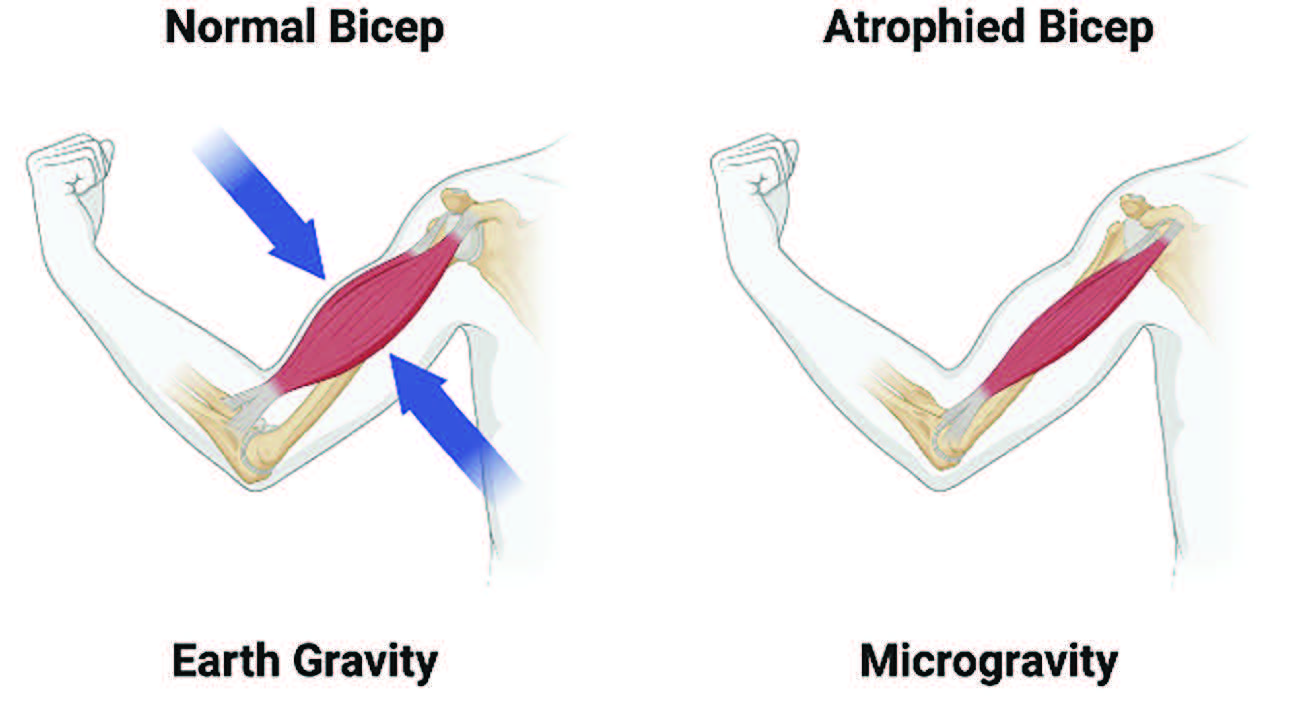A Theory of Gravitational Generation to Mitigate Space-Induced Low Gravity – Relevance to Premature Aging in Space
DOI:
https://doi.org/10.13052/ijts2246-8765.2024.005Keywords:
Aging, diamagnetic levitation, artificial gravity, osteoporosisAbstract
Artificial gravity is among the key goals for successful long-term space exploration. Over the last century, several possible theoretical models have been proposed. As far as we are aware, use of centrifugal rotation is the only major form of artificial gravity that has been significantly tested. There are disadvantages to this system including the high degree of speed needed to produce a force to recapitulate earth’s gravitational field. We tested the potential efficacy of diamagnetic levitation as a form of artificial gravity. This study capitalized on its unique capacity to uphold desired aesthetic attributes while adjusting gravitational forces per specific conditional requirements. The model emphasized on methods by which diamagnetic levitation negate the detrimental consequences of prolonged weightlessness on human physiology, leading to premature age. By offering a detailed exploration of the potential of diamagnetic levitation and its implications, this research contributes to a deeper understanding of the critical role of the potential for artificial gravity on long-term visit to space. The findings and insights presented herein serve as a valuable resource for future space missions and the development of space habitation technologies, guiding interdisciplinary scientists towards the realization of safer, healthier, and more sustainable human ventures beyond earth’s confines. We discussed the positive impact on premature aging for long-term habitation in space.
Downloads
References
Wolfe, J.W., Rummel, J.D. Long-term effects of microgravity and possible countermeasures. Adv Space Res. 1992;12:281–284.
Johnson, M. International Space Station Research Keeps an Eye on Vision Changes in Space. NASA Space Station Res. 2020.
NASA. Pumping iron in microgravity. NASA. 2004.
Westfall, E.A. The Mitigating Effects of Artificial Gravity on Microgravity. NTRS - NASA Tech Reports Server 2020:1–14.
Ranieri, D., Cucina, A., Bizzarri, M., Alimandi, M., Torrisi, M.R. Microgravity influences circadian clock oscillation in human keratinocytes. FEBS Open Bio. 2015;5:717–723.
Cullati. S., Charvet-Bérard, A.I., Perneger, T.V. Cancer screening in a middle-aged general population: factors associated with practices and attitudes. BMC Public Health. 2009;9:1–11.
Gery, S., Koeffler. H.P. Circadian rhythms and cancer. Cell Cycle. 2010;9:1097–1103.
Li, F., Ye, Y., Lei, X., Zhang, W. Effects of Microgravity on Early Embryonic Development and Embryonic Stem Cell Differentiation: Phenotypic Characterization and Potential Mechanisms. Front Cell Dev Biol. 2021;9:797167.
Garrett-Bakelman, F.E., Darshi, M., Green, S.J., Gur, R.C., Lin, L., Macias, B.R., et al. The NASA Twins Study: A multidimensional analysis of a year-long human spaceflight. Science 2019;364:8650.
NASA. Muscle atrophy. NASA Info. 2023.
Demontis, G.C., Germani, M.M., Caiani, E.G., Barravecchia. I., Passino. C., Angeloni, D. Human Pathophysiological Adaptations to the Space Environment. Front Physiol. 2017;8:547.
Canada Space Agency. Physical activity in space. https://www.asc -csa.gc.ca/eng/astronauts/living-in-space/physical-activity-in-space.asp.2019.
Loff, S. 1966 – Gemini XI Artificial Gravity Experiment. NASA. 2019.
Harland DM. Skylab. Britannica. 2023:Sci and Tech.
Sharp, J.C. Need for artificial gravity on a manned Mars Mission. NASA. Marshall Space Flight Center Manned Mars Mission. 1986.
Boen, B. Launch of spacelab life sciences. NASA. 2015.
Iowa State University. Diamagnetic, Paramagnetic, and Ferromagnetic Materials 2023.
Simon, M.D., Geim, A.K. Diamagnetic levitation: Flying frogs and floating magnets. J Applied Physics 2000;87:6200–6204.
Baltzis, K. The FEMM Package: A Simple, Fast, and Accurate Open Source Electromagnetic Tool in Science and Engineering. J Eng Sci & Technol Rev. 2008;1:83–89.
Gao, Q-H., Li, W-B., Zou, H-X., Yan, H., Peng, Z-K., Meng, G., et al. A centrifugal magnetic levitation approach for high-reliability density measurement. Sensors and Actuators B: Chemical. 2019;287:64–70.
Yanes, J. Konstantin Tsiolkovsky, From uneducated peasant to the father ofastronautics. Openmind BBVA. 2018.
NASA. Earth’s moon. NASA. Aug 28 2023.
Williams, D.R. Planetary Fact Sheet – Ratio to Earth Values. Planetary Fact Sheet. NASA. 2015;18.
Univ of Minnesota. Classes of magnetic materials. College of Sci and Eng. 2023.
BYJU’s. Paramagnetic materials. BYJU. 2023.
Kotnala, R.K., Shah, J. 2015, Ferrite Materials: Nano to Spintronics Regime. Buschow K.H.J., ed. In Handbook of Magnetic Materials. Elsevier, p. 291–379.
Fears, P. Magnetic Properties of Ceramic Minerals. Bunting. Feb 2021.
Lee, A.G., Mader, T.H., Gibson, C.R., Tarver, W., Rabiei, P., Riascos, R.F., et al. Spaceflight associated neuro-ocular syndrome (SANS) and the neuro-ophthalmologic effects of microgravity: a review and an update. Microgravity 2020;6:7.
Krittanawong, C., Singh, N.K,, Scheuring, R.A., Urquieta, E., Bershad, E.M., Macaulay. T.R., et al. Human health during space travel: state-of-the-art review. Cells 2022;12:40.
Holmer, P. Faster than a speeding bullet train. IEEE Spectrum. 2003;40:30–34.
Givoni, M. Development and Impact of the Modern High-speed Train: A Review. Transport Rev. 2006;26:593–611.
Radugina, E.A., Almeida, E.A.C., Blaber, E., Poplinskaya, V.A., Markitantova, Y.V., Grigoryan, E.N. Exposure to microgravity for 30 days onboard Bion M1 caused muscle atrophy and impaired regeneration in murine femoral Quadriceps. Life Sci in Space Res. 2018;16:18–25.
Antonutto, G., di Prampero, P.E. Cardiovascular deconditioning in microgravity: some possible countermeasures. Eur J Applied Physiol. 2003;90:283–291.
Baran, R., Wehland, M., Schulz, H., Heer, M., Infanger, M., Grimm, D. Microgravity-Related Changes in Bone Density and Treatment Options: A Systematic Review. Intl J Mol Sci. 2022;23:8650.
McCarthy, I.D. Fluid Shifts Due to Microgravity and Their Effects on Bone: A Review of Current Knowledge. Ann Biomed Eng. 2005;33: 95–103.



